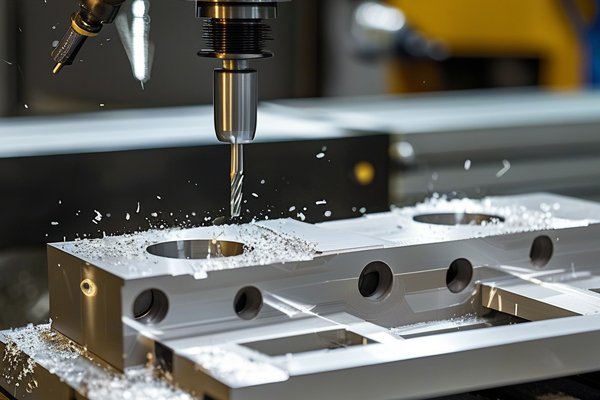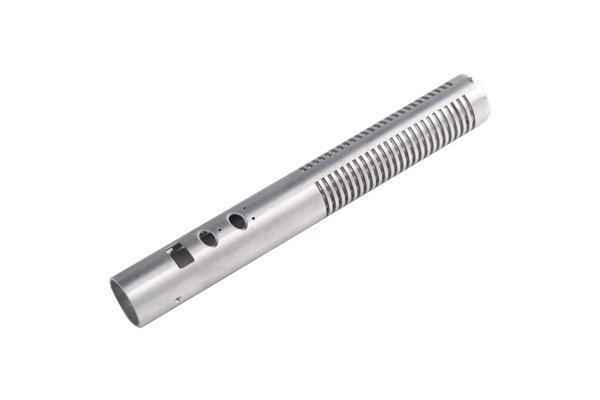Did you know that manufacturing contributes to nearly 20% of global carbon emissions? As industries worldwide grapple with the urgent need to reduce their carbon footprints, the question arises: How can CNC machining plants ensure that their production processes align with sustainable development goals? This question not only highlights the necessity for eco-friendly practices in manufacturing but also indicates a shift towards a more responsible industry.
In this blog, we will explore the essential techniques and strategies CNC machining facilities can adopt to promote sustainability without compromising quality or efficiency. From implementing energy-efficient technologies to optimizing resource management, we will cover a comprehensive roadmap to a greener future in CNC machining.
—
Understanding CNC Machining and Sustainability
CNC (Computer Numerical Control) machining is a subtractive manufacturing process that employs computerized controls to automate the movement of machinery, allowing for highly precise and repeatable production of parts across various materials. Despite its advantages in efficiency and accuracy, traditional CNC machining processes can lead to significant waste and environmental impact.
Sustainable development in this context refers to practices that minimize negative environmental impacts, conserve energy and natural resources, and prioritize worker health and safety. With consumer demand shifting towards greener products, CNC machining plants must adapt to sustain their market position and preserve the planet.
—
The Importance of Sustainable Practices in CNC Machining
—
Key Techniques for Promoting Sustainability in CNC Machining
Energy consumption is one of the largest contributors to the environmental impact of CNC machining. Here are strategies to improve energy efficiency:
Material waste is a considerable issue in CNC machining. Here are ways to manage and reduce waste:
Incorporating sustainable materials into CNC processes is crucial for cutting down environmental impacts.

CNC machining processes often involve hazardous chemicals and produce airborne particles. Mitigating these can improve workplace safety and lower environmental impact:
A knowledgeable workforce is crucial for implementing sustainability practices successfully.
—
Case Studies: Successful Implementation of Sustainability in CNC Machining
Case Study 1: XYZ Machining
XYZ Machining, a mid-sized CNC facility, recognized their rising energy costs as unsustainable. The company initiated an energy audit and subsequently upgraded their machinery to energy-efficient models with VFDs. Within a year, they reported a 30% reduction in energy consumption and noticed an increase in productivity due to fewer machine downtimes.
Case Study 2: ABC Custom Parts
ABC Custom Parts implemented a robust recycling program wherein they reused over 50% of their generated scrap through a closed-loop system. This approach not only minimized waste but also improved their bottom line by reducing raw material costs. Additionally, they made it mandatory for all materials procured to have a sustainability certification.
—
Challenges to Overcome
Despite the benefits, implementing sustainability measures can be complex for CNC machining plants:
Addressing these challenges requires strategic planning, proper training, and a commitment from all levels of the organization.
—
As the CNC machining industry moves forward, adopting sustainable practices is no longer an option but a necessity. By focusing on energy efficiency, waste management, material sourcing, and employee engagement, CNC machining plants can significantly contribute to minimizing their environmental impact while maintaining a competitive edge.
Embracing sustainability not only ensures compliance and cost savings but also aligns with the growing consumer demand for environmentally friendly products. As we have examined, the journey to sustainable CNC machining is indeed filled with challenges, but it is one worth taking.
By prioritizing these core techniques, we secure a better environment not just for the next generation but also for the longevity of the manufacturing sector.
The future of CNC machining hinges on sustainability—there’s never been a better time to start thinking about how you can make changes today for a greener tomorrow.






